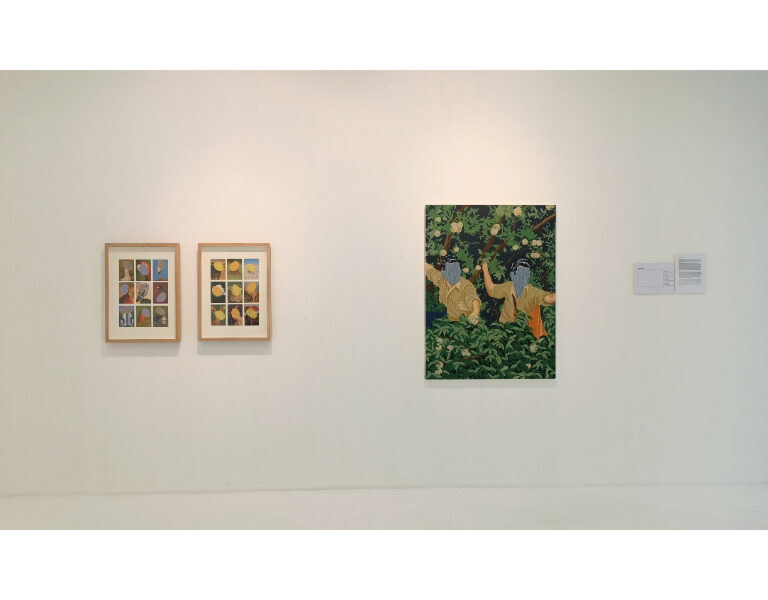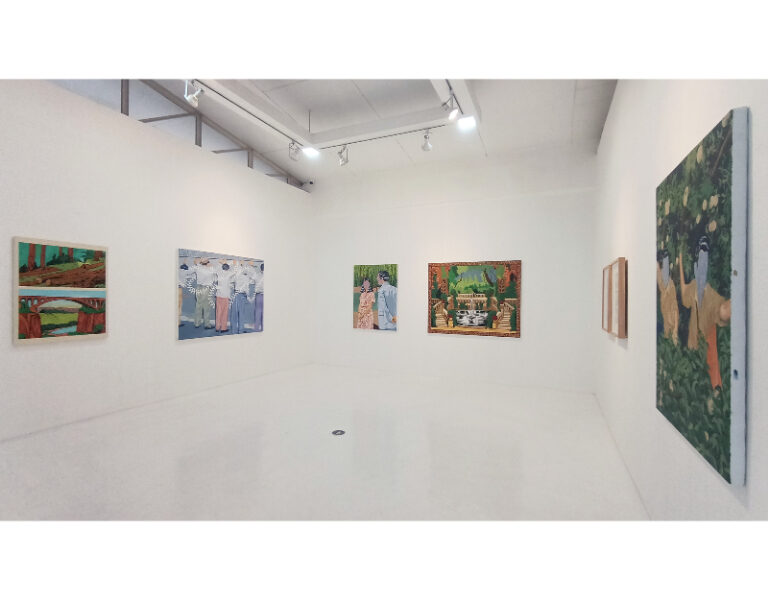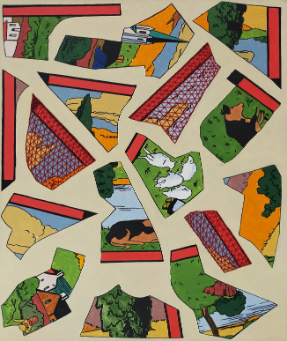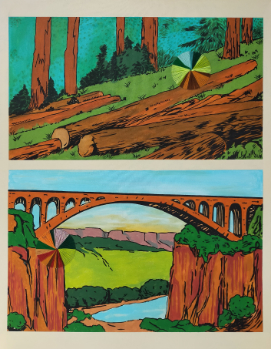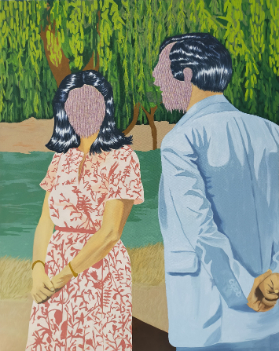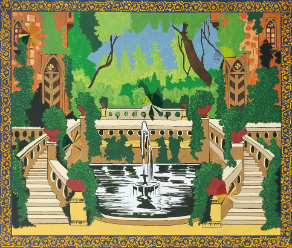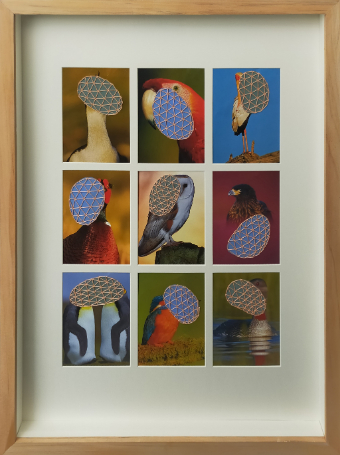
A Dance with Nature
Ethology defines migration as the regular, and often seasonal, movement of an animal population from one habitat to another. Generally, migration is a naturally-occurring process. It follows a definitive cycle that begins at a certain point, and which repeats over the course of a specified duration of time. Some reasons for migration include change in weather, search for favourable living and breeding conditions, and loss of habitat, among other things.
In Natural Assembly, visual artist Ikea Rizalon examines migration within a larger, more-encompassing plane, seamlessly bringing together and contrasting the close encounters of both wildlife and human migration. The artworks in the exhibition feature bits and snapshots of natural landscapes alongside close-ups of diverse fauna as well as the oft-faceless figures of human subjects. For the artist, such a movement is a way for nature to guide everything to its designated place. But while animal migration takes a more organic approach, wherein primal need takes precedence over personal choice, Rizalon depicts human migration as something we willingly participate in, despite its equal likelihood of being openly influenced by other external factors, such as the economic and political. Movement, within the human spectrum, is seen as a challenge, a means through which we overcome obstacles and persevere despite the odds.
One overarching theme that the artist touches upon is the influence of conflict in influencing migration. In nature, conflict could arise as a result of scarcity of resources, drastic changes in climate and living conditions, and even natural disasters. And while these often push groups of wild animals to migrate to places that are more accommodating, for humans, such conflict can also be self-imposed. Social and financial complications are perhaps some of the most common reasons for migration. The opportunity to move someplace else where the pastures are “greener” is a familiar experience for many. And so, this widely-experienced phenomenon becomes a means for us to connect to the natural world, a synchronized choreography where humans interact with its ecology and environment.
But while recent times have portrayed migration as a response to more pressing matters (such as climate change, destruction of homes due to wars and lack of career opportunities), Rizalon manages to infuse some semblance of hopento her works—there is the vibrant landscape with lush greenery, the sweeping views of open terrain coloured by the light of the sun. Fragments and pieces of these sceneries exist in the minds of those about to begin the journey of migration. There exists the possibility that the end destination is a much better place than the present. Natural Assembly examines this phenomenon from a more complex, intricate, and humane lens, depicting hope as something that inevitably arises after one’s journey concludes.
Words by Elle Lucena
Works
Documentation
